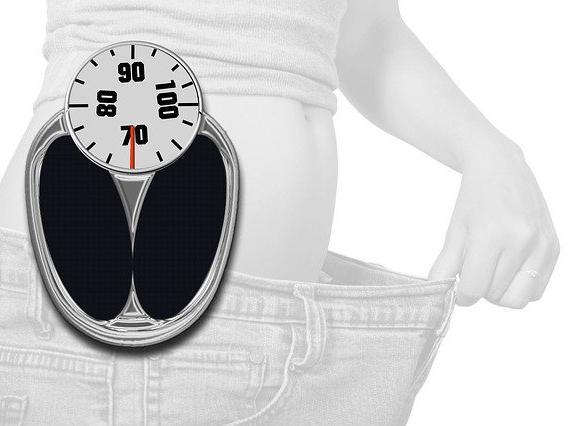A negative result for hepatitis B virus surface antibody only indicates the absence of protective antibodies. However, to determine if there are other issues, it is necessary to evaluate in combination with other indicators. The hepatitis B virus surface antibody is an antibody produced in response to the surface antigen. It is also the only protective antibody among the five hepatitis B markers. If the surface antibody is negative, it only means there are no protective antibodies, and further examinations of other indicators are needed for a specific assessment. The positive or negative results of the other four hepatitis B markers also have a certain influence on the surface antibody. If the surface antibody is negative, the individual could be a hepatitis B virus carrier, such as those with the common "hepatitis B big three positives" or "hepatitis B small three positives." Although the surface antibody is negative, the other indicators are positive, indicating that these individuals are all hepatitis B virus carriers. Additionally, there are some special types of hepatitis B virus infections in clinical practice, where the fourth and fifth or just the fifth of the five hepatitis B markers are positive, but the surface antibody is negative, suggesting that the individual has been infected with the hepatitis B virus in the past. Therefore, a more comprehensive understanding of the test results of the five hepatitis B markers is required, rather than basing the judgment on a single indicator. For patients with a negative hepatitis B virus surface antibody and negative results for all other indicators, it means they lack antibodies and should be vaccinated against hepatitis B in a timely manner.






